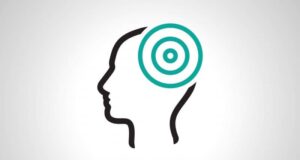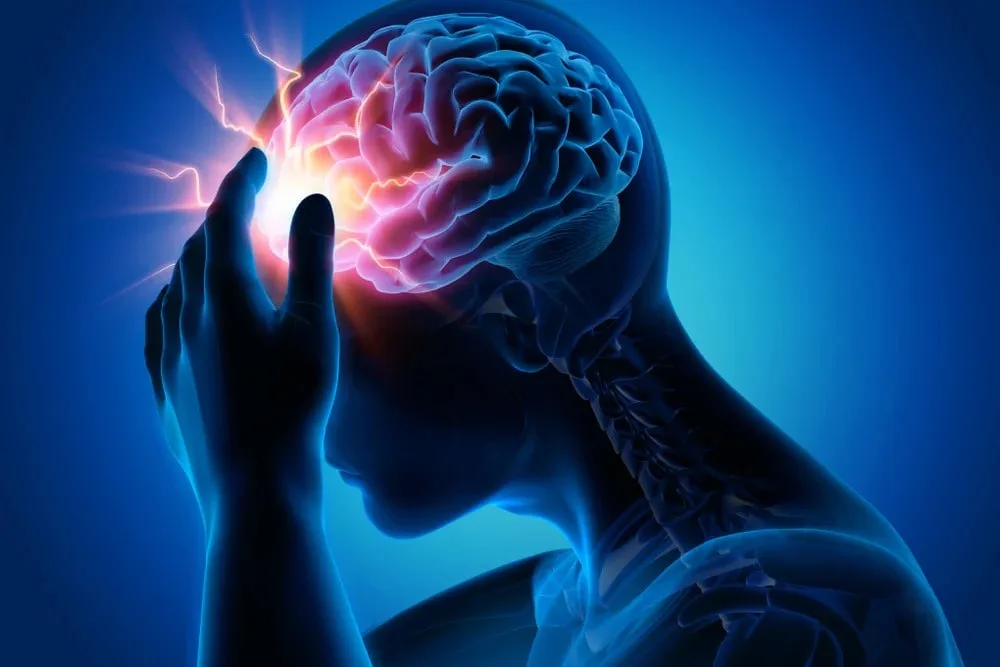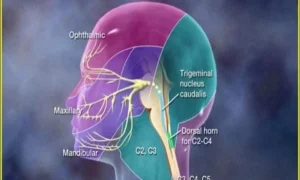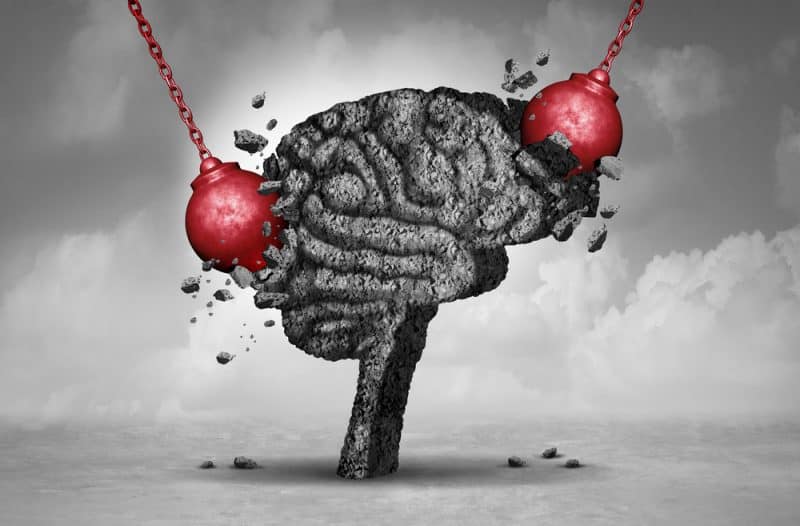Migraines are so much more than just bad headaches—they can be downright debilitating. Migraine episodes can make us miss out on important life events and create disruptions in our daily lives and even personal relationships.
But the good news is that understanding your migraine triggers can help you avoid them. Did you know that according to scientific research, stress is the most commonly reported migraine trigger?
In this article, we will discuss the relationship between stress and migraine, as well as some of the best coping strategies to prevent stress-related migraines.
The relationship between stress and migraines
So, what’s the connection between stress and migraine? Severe and chronic stress can have serious and detrimental effects on the body and brain. In fact, stress can act as a primary trigger for migraine headaches, or cause them indirectly. For example, acute stress can cause short-term spikes in blood pressure, increasing our blood pressure and potentially triggering a migraine attack.
In addition, recurrent psychological stress can change your brain’s structure and function, as well as brain chemical levels such as serotonin, all of which can cause migraine headaches. What’s more, psychological stress can also disrupt your sleep cycle, further triggering migraine headaches.
How to manage stress and migraines?
Fortunately, there are many effective strategies to manage your stress levels and reduce migraine occurrence. Here are some effective ways to reduce your stress levels and the frequency and intensity of stress-related migraine attacks.
Did you know that relaxation techniques such as biofeedback, progressive muscle relaxation, and abdominal breathing have been shown by scientific studies to reduce headaches? In addition, studies show that by implementing these techniques with preventative medication, migraine and headache sufferers can have a significantly higher quality of life than with medication alone.
1. Biofeedback:
Biofeedback is a mind-body relaxation technique that can teach you to control body functions, such as your heart rate, breathing patterns, and muscle tension, using an instrument that measures and displays them for you. During biofeedback sessions, your health provider will attach you to electrical pads that record and show your body’s responses in real time.
Observing your body’s reactions, such as muscle tension and heart rate, you can learn to modify your reaction to stress. You can receive biofeedback training for migraines at physical therapy clinics, medical centers, and hospitals.
2. Diaphragmic breathing:
This type of deep breathing, also called abdominal and belly breathing, is a great way to achieve relaxation and reduce stress. It promotes relaxation by increasing blood oxygen, lowering blood pressure, and reducing the heart rate.
To practice this relaxation technique, you can lie on your back on a flat surface with your knees bent. Then, place one hand on your upper chest and the other on your lower stomach. Slowly breathe through your nose, letting the air all the way towards your lower belly. Keep the hand on your chest still, while allowing the other hand placed on your belly to rise.
Finally, flex your abdominal muscles as you exhale completely through pursed lips, as your stomach moves back in. The hand on your chest should stay still at this time. You can also practice this exercise while sitting comfortably in a chair, with your knees bent and your shoulders, head, and neck relaxed. It is best to practice diaphragmic breathing for up to 10 minutes several times a day.
3. Progressive muscle relaxation
Another highly effective technique to manage stress levels is progressive muscle relaxation. This relaxation technique involves slowly tensing and then relaxing each muscle group in the body.
To practice progressive muscle relaxation, lie down on a flat surface or sit comfortably in a quiet area where you will not be interrupted. You can start by tensing and relaxing the muscles in your toes and progressively working your way up to your neck and head, while breathing slowly. Alternatively, you can also start by tensing and relaxing the muscles of your head and neck and work down to your toes. When you tense the muscles, keep them contracted for several seconds and then relax for 30 seconds, repeating this for intervals of 10 minutes.
Conclusion
Relaxation techniques are a great way to cope with everyday stress and reduce the frequency and intensity of your migraines. It takes some practice to learn how to do them properly, so it is important to be patient with yourself in the process. If you are overwhelmed by stress and anxiety, it is best to talk to your doctor or mental health provider to discuss your symptoms and potential treatment strategies.


















